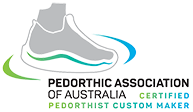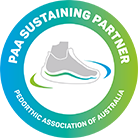Gait Analysis & Pressure Mapping
Gait Analysis & Pressure Mapping
Gait analysis and pressure mapping are integral parts of the process for creating custom-made orthopedic footwear. These advanced techniques provide detailed insight into how a person walks and stands, allowing for the creation of footwear that is precisely tailored to individual needs.
Here's a closer look at these processes:
Use the arrow above to scroll between steps
1. Gait Analysis: Understanding Movement Patterns
- Purpose: Gait analysis is used to assess and understand the way a person walks. It helps in identifying any abnormalities or asymmetries in their walking pattern, which could lead to discomfort or exacerbate foot and joint issues.
- Process: This analysis typically involves walking along a walkway to capture various aspects of movement, such as stride length, foot placement, joint angles, and the distribution of weight across the foot during a step.
- Data Interpretation: The data collected is then analysed to understand the biomechanics of the client's gait. This information is crucial for identifying issues like overpronation (excessive inward rolling of the foot) or supination (outward rolling), uneven weight distribution, or compensatory behaviours due to pain or previous injuries.
- Collaborative Approach: Clients are often involved in reviewing the results of the gait analysis. This allows them to understand their walking patterns and how these may contribute to any discomfort or problems they are experiencing.
2. Pressure Mapping: Detailed Foot Pressure Analysis
- Purpose: Pressure mapping provides a detailed look at how pressure is distributed across the bottom of the feet. This is essential for designing orthopaedic footwear and orthotics that can redistribute pressure and provide support where it's needed most.
- Process: The client walks across a pressure-sensitive mat which contains sensors to capture data on high and low-pressure areas as the foot strikes and leaves the ground during walking.
- Visualisation and Insight: The resulting pressure map visually displays the areas of the foot that bear the most and least pressure during movement. It helps in identifying hot spots that might be prone to ulcers, particularly in clients with reduced sensation in their feet, like those with diabetes.
- Customisation: Based on pressure mapping data, custom orthotics and footwear can be designed to redistribute pressure away from high-risk areas, provide extra cushioning, and support proper foot alignment.
3. Integration in Orthopedic Footwear Design
- Design Approach: The information from gait analysis and pressure mapping is combined to create a comprehensive picture of a client's foot mechanics. This allows for the design of footwear that not only fits the shape of the foot but also supports its natural movement, intervenes to correct biomechanical failures, and alleviates pressure points.
- Continuous Monitoring and Adjustment: Over time, a client’s gait and pressure points may change, necessitating adjustments in their orthopedic footwear or orthotics. Regular check-ins and reassessments can ensure that the footwear continues to meet their evolving needs.





